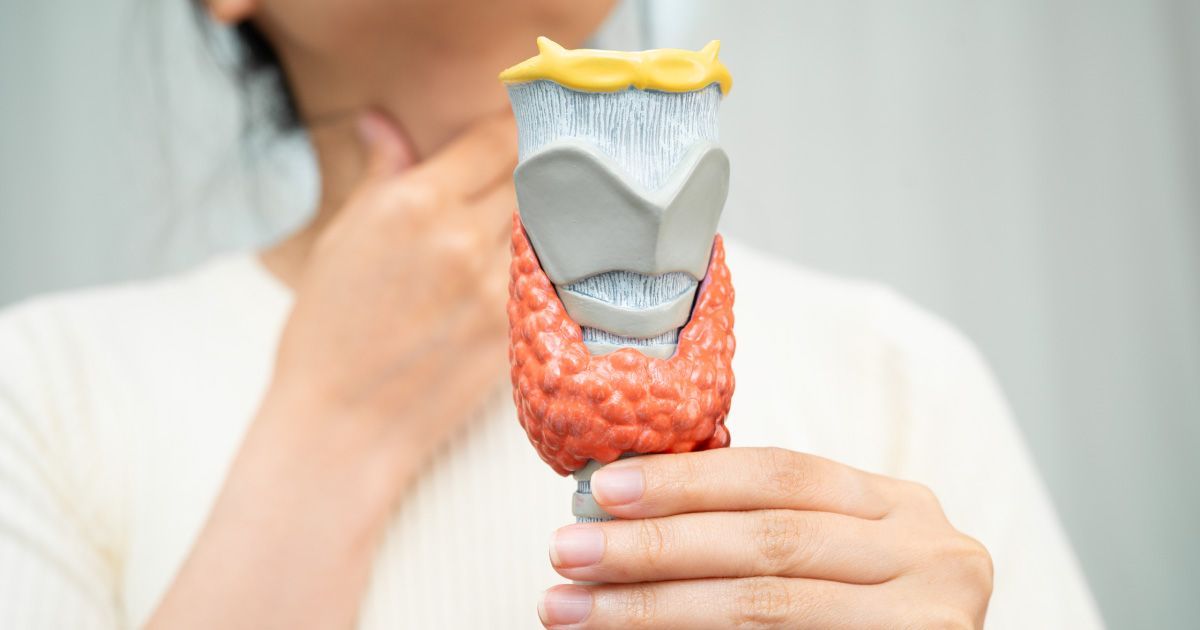Clear Vision, Safe Workouts: Exercising Safely with Eye Protection

Read time: 4 minutes
In the pursuit of a healthy and active lifestyle, safeguarding your eyes during workouts is often overshadowed by other fitness priorities. However, whether you're a seasoned athlete or a fitness enthusiast, prioritizing eye protection can significantly enhance your workout experience, ensuring both safety and optimal performance.
Outdoor Adventures: Running, Cycling, and Beyond
Outdoor exercises like running and cycling expose your eyes to various elements, including UV rays, wind, and debris. Choosing the right eyewear is crucial to combat these challenges. Opt for polarized sunglasses with UV protection for running, reducing glare and shielding your eyes from harmful rays. Cyclists can benefit from wraparound glasses or goggles, offering full coverage to prevent wind and dust from causing discomfort.
Sunglasses
- Purpose: Beyond style, sunglasses are designed to protect the eyes from harmful UV rays, reduce glare, and enhance visibility in bright conditions.
- Features: UV protection, polarized lenses to reduce glare, various lens tints for different light conditions, and styles ranging from fashion-forward to sport-specific.
Cycling Goggles
- Purpose: Designed for cyclists to protect against wind, dust, and insects while riding.
- Features: Wraparound design for peripheral vision, anti-fog coatings, and UV protection.
Motorcross Goggles
- Purpose: Specifically designed for off-road motorcycle riding to protect against dirt, mud, and debris.
- Features: Impact resistance, a snug fit, and a strap designed to stay secure during rapid movements.
Ski Goggles
- Purpose: Essential for skiing and snowboarding to protect the eyes from snow, wind, and harmful UV rays at high altitudes.
- Features: Double lenses to prevent fogging, UV protection, and a secure strap to keep them in place during fast movements.
Gym Environments: Strength Training, Cardio, and More
Gyms host a diverse range of exercises, each demanding a unique approach to eye protection. For strength training, where weights and equipment are in play, impact-resistant goggles can provide an added layer of safety, shielding your eyes from potential accidents. Cardio enthusiasts, engaging in activities such as high-intensity interval training or spinning, should consider sports glasses with anti-fog features to maintain clear vision during intense workouts.
Shatter-Resistant Eyewear
- Purpose: Designed with impact resistance in mind, shatter-resistant eyewear provides an added layer of safety, particularly in environments where the risk of high-velocity impact is present.
- Features: Polycarbonate or Trivex lenses, which are known for their durability and ability to withstand impact without shattering, making them suitable for sports, industrial settings, or any activity where eye protection is paramount.
Aquatic Pursuits: Swimming and Water Aerobics
Water workouts introduce a different set of challenges, with chlorine and water-resistant goggles becoming essential accessories. Swimmers benefit from goggles that offer both anti-fog properties and a watertight seal to protect against irritation and maintain clear vision. For water aerobics, opt for goggles with a comfortable fit and anti-fog features, ensuring an uninterrupted view during dynamic water exercises.
Swimming Goggles
- Purpose: Designed for use in the water, swimming goggles create a watertight seal around the eyes to protect against chlorine and water irritation.
- Features: Anti-fog coatings, UV protection, adjustable straps, and a snug fit to prevent water leakage.
Team Sports: Basketball, Soccer, and Beyond
Team sports involve rapid movements and potential collisions, making eye protection critical. Basketball players can benefit from sports goggles with impact resistance to guard against unintentional pokes or bumps. Soccer players, navigating the field with speed and agility, should consider goggles with a secure fit and enhanced peripheral vision.
Sports Goggles
- Purpose: Specifically designed for sports activities, such as basketball, soccer, and racquet sports, to protect the eyes from impact and injuries.
- Features: Impact-resistant lenses, a secure fit, and often additional padding or cushioning.
Practical Tips for Optimal Eye Safety
- Choose Activity-Specific Eyewear: Invest in eyewear designed for your chosen activity, ensuring maximum protection and comfort.
- Secure Fit: Ensure a snug fit to prevent slipping during movement.
- Regular Cleaning: Develop a routine for cleaning your eyewear, removing sweat, dirt, and oils to maintain clear vision.
- Replace When Necessary: Promptly replace eyewear that is scratched, damaged, or no longer effective.
The Takeaway
In the intricate tapestry of fitness, eye protection is a small yet crucial thread that weaves together safety and performance. Whether you're conquering a trail, lifting weights, or engaging in a team sport, clear vision not only enhances your immediate experience but also preserves the long-term health of your eyes. Equip yourself with the knowledge and tools needed to make every workout a sight-smart journey.
Ready to up your eyewear "game" and exercise safely with proper eye protection? Check out Kaenon Polarized Sunwear. Designed with precision and durability in mind, Kaenon Frames provide not only a sleek aesthetic but also the high-performance features necessary for an active lifestyle. They feature many wrap-around lens styles that are perfect for any of your outdoor adventures.
Share this blog post on social or with a friend:
The information provided in this article is intended for general knowledge and educational purposes only and should not be construed as medical advice. It is strongly recommended to consult with an eye care professional for personalized recommendations and guidance regarding your individual needs and eye health concerns.
All of Urban Optiks Optometry's blog posts and articles contain information carefully curated from openly sourced materials available in the public domain. We strive to ensure the accuracy and relevance of the information provided. For a comprehensive understanding of our practices and to read our full disclosure statement, please click here.


















